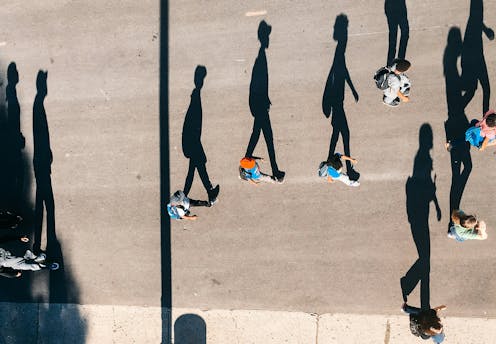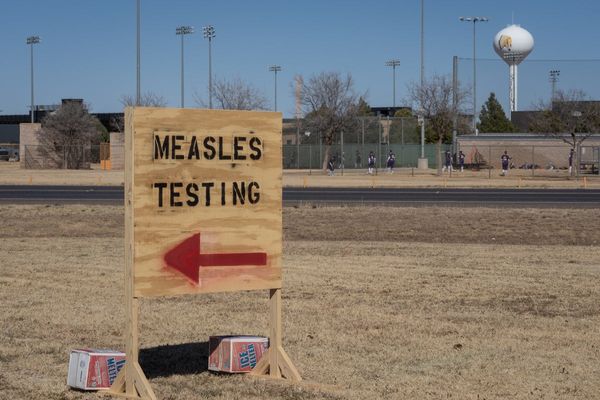
Google recently became the latest multinational to abandon its diversity, equity and inclusion (DEI) hiring mandates. This follows a broader trend among major corporations and a recent executive order by United States President Donald Trump.
Walmart, the world’s largest retailer, rolled back its DEI policies last November after a five-year racial equity commitment. Other companies like Toyota, Target, Johnson & Johnson, and most recently, McDonald’s, have also halted their DEI initiatives.
In Canada, however, some companies remain committed to DEI. For example, KPMG Canada conducted 50 DEI training sessions for its 35,000 employees in 2022 and plans to continue its DEI efforts into 2025.
But is this the best way forward?
As a PhD student researching implicit bias, I am examining how DEI training and programs can go awry. For example, one study suggests that while DEI programs can reduce prejudice in some cases, programs that exert control over people may backfire. This happens because they place responsibility for bias and discrimination on individuals when research suggests it is the biased systems that deserve more scrutiny.
Systems — comprising policies, practices and societal norms — are the primary culprits behind biases, which often lead to unfair behaviours toward minority groups.
Biases are systemic
We’ve all experienced a moment where we met someone and perhaps without thinking, felt a sense of threat or unfamiliarity. These spontaneous reactions are known as implicit biases. Over the years, researchers have linked these biases to unfair treatment of individuals who differ from us.
Historically, psychologists have considered bias intrinsic to oneself, similar to personality or IQ. However, newer approaches are challenging this view.
Personality tests such as the Big Five show reasonable forecasting ability for job outcomes. However, Implicit Association Tests — a common tool used to measure implicit biases — show only weak relevance to actual discriminatory behaviour. In other words, a white person who holds implicit biases against racialized immigrants, for example, might not necessarily act on those biases.
Recent studies now suggest that biases are better understood as environmental factors, not individual traits. For example, one study demonstrated that implicit biases correlate with behaviour. But this connection only holds when analyzing groups of people within a specific region. In regions where anti-Black biases are more prevalent among white residents, higher rates of police violence against Black individuals are observed.
This study highlights that biases aren’t about individuals. They are part of broader societal structures and social norms.
Solutions to systemic bias
One key takeaway from implicit bias research is that interventions targeting individual biases often provide only temporary results because bias is embedded within systems.
So, what can organizations do to address systemic bias more effectively?
Let’s look at hiring as an example.
Instead of requiring hiring managers to participate in diversity training, organizations could implement hiring criteria that minimize the influence of race and gender bias in the hiring process. Some research suggests tailoring job descriptions to appeal to underrepresented groups. For example, HR postings that increase the transparency of qualifications or focus on benefits can attract more women for roles in traditionally male-dominated fields.
Policing is another area where systemic change can mitigate bias. Studies show police officers are more likely to stop, question, arrest or use force against Black people than white people.
Rather than mandating police officers undergo diversity training to educate them about their biases — something that has only a fleeting effect — a restructuring of the policies and procedures around stops and frisks would reduce bias’s impact.
For instance, policies to ensure the collection of race-based data in police stop and frisks and to encourage stricter accountability among police officers could go a long way to curb racial profiling.
As DEI programs face increasing scrutiny and skepticism, and many employees feel frustrated by ineffective and repetitive online training, there is a growing need to reframe DEI as systems-focused work. If diversity, equity and inclusion are truly the goals, the solution lies in rebuilding the systems that shape our society.
Jeffrey To receives funding from The Social Sciences and Humanities Research Council of Canada.
This article was originally published on The Conversation. Read the original article.







